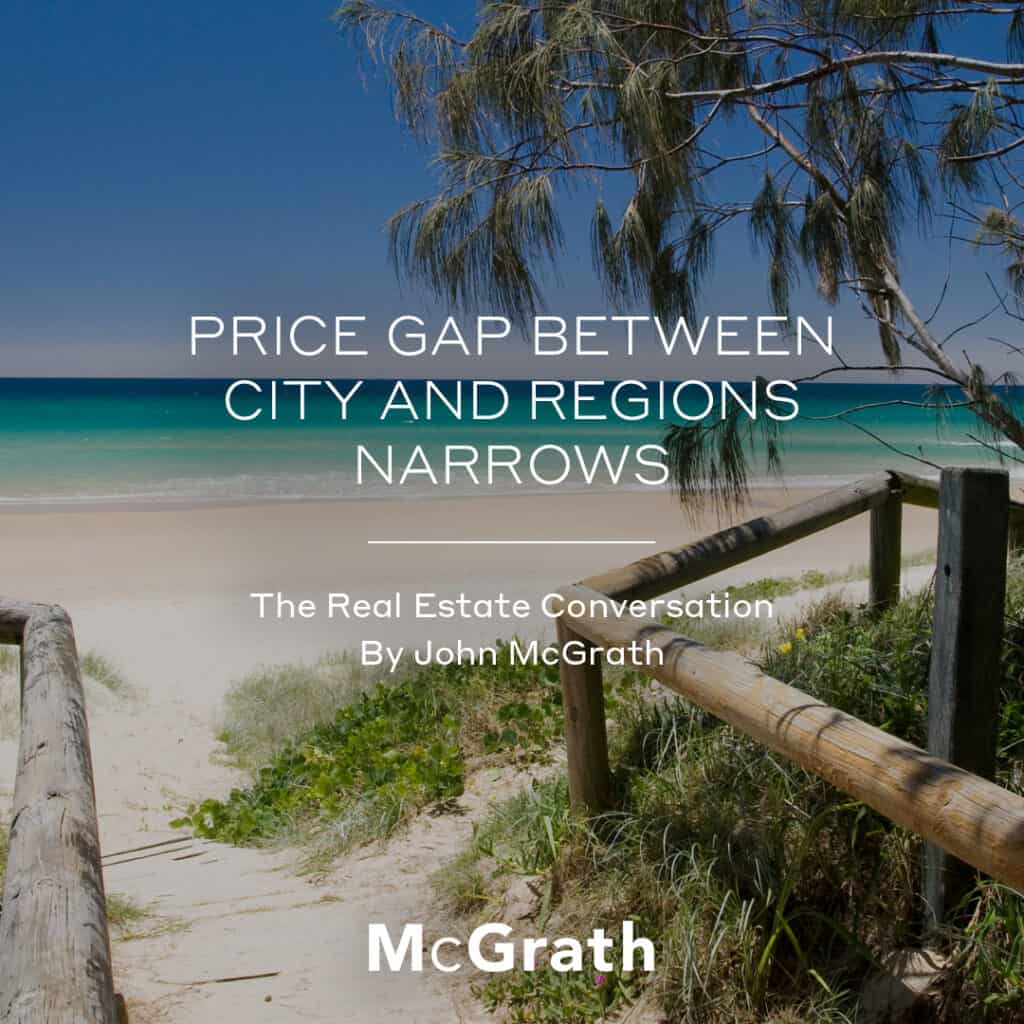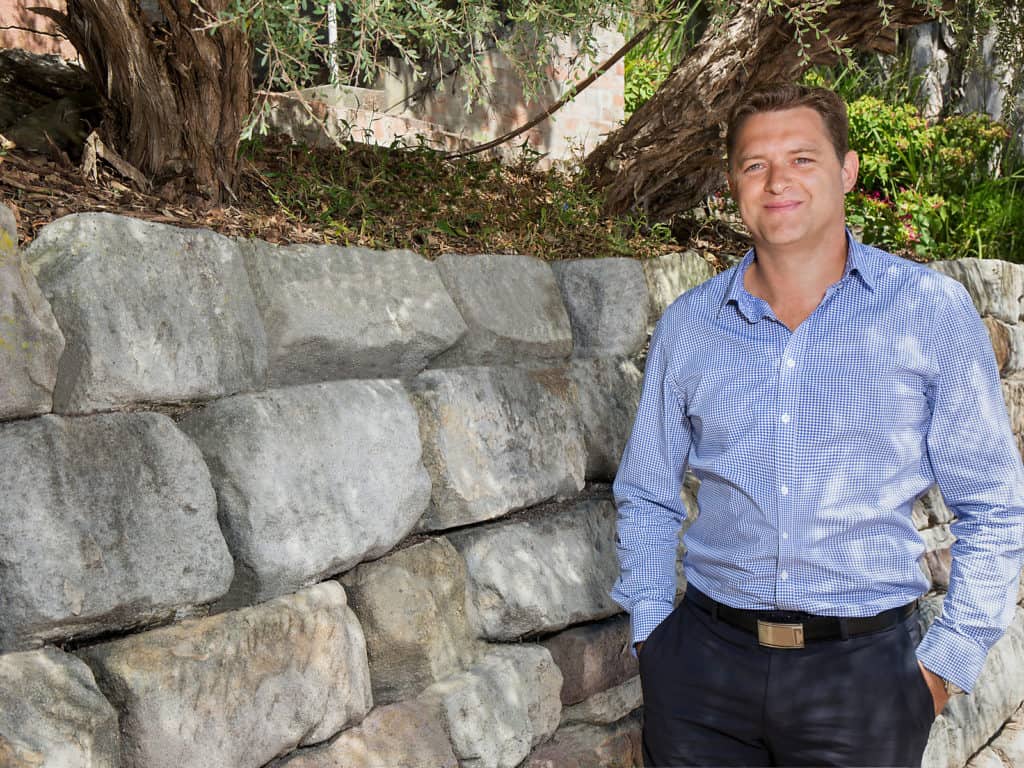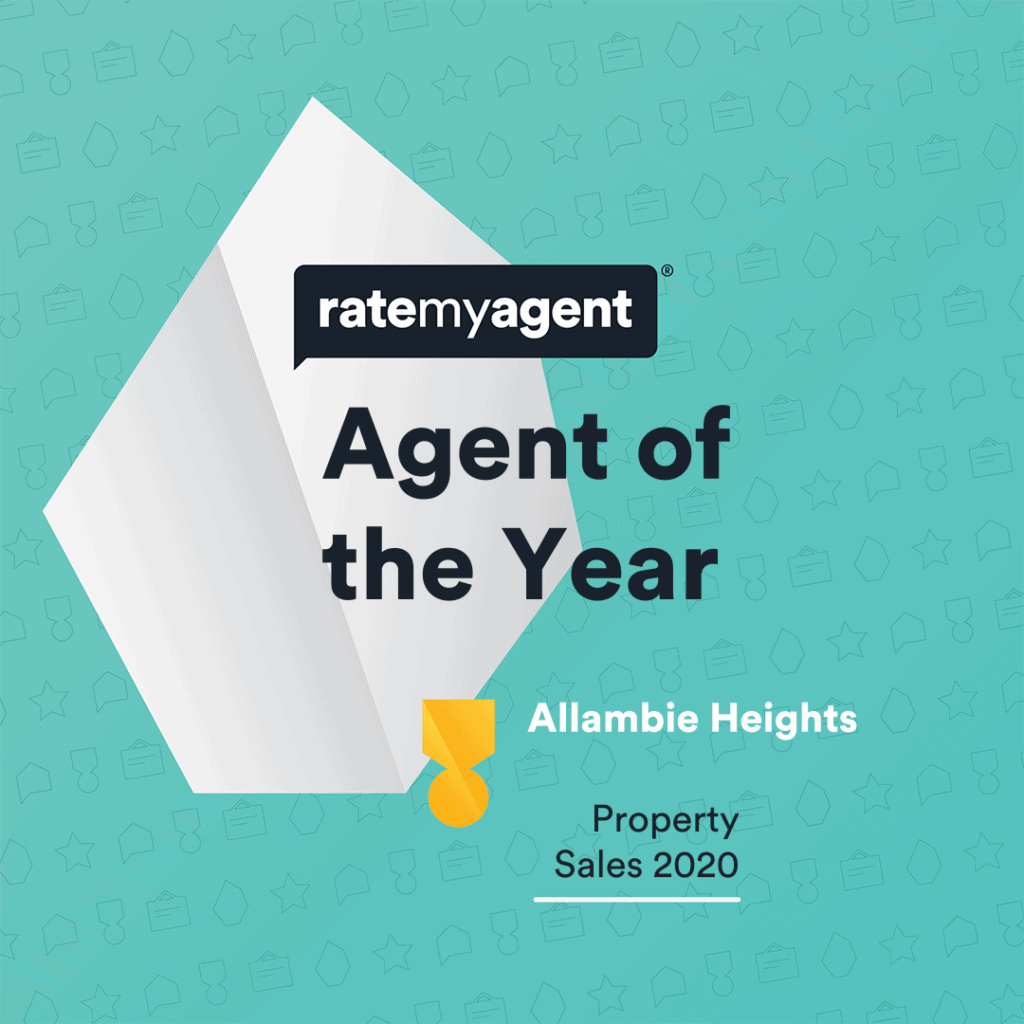COVID-19 levelled the playing field between city and regional housing values, with many city dwellers choosing a tree or sea change over their city lifestyle.
The price gap between attractive regionals and the big cities has narrowed driven by a combination of empty nesters cashing in on city prices, young families being forced to find less expensive housing options, and the new work-from-home workforce enjoying more flexible arrangements.
The result is the metro and regional property markets moving as one, which I’ve never seen before in more than 40 years in real estate.
It hasn’t been uncommon in the East Coast capital cities to pay $1 million or more for a home for quite some time. By comparison, the regions were always much more affordable.
But COVID-19 changed everything, sparking a significant shift in our population over the past two years. That brought massive new demand to the most popular regions, which in turn has led to significant house and apartment price gains.
Today, you might find yourself paying more than $1 million for a home in many regional areas.
In a recent report, CoreLogic revealed the newest regions to reach a $1 million suburb median for either houses or apartments by comparing median prices between May 2021 and May 2022.
To clarify, the report refers to million-dollar ‘markets’, rather than suburbs. It defines markets as either houses or apartments. So, each suburb effectively has two markets – houses and apartments – for the purposes of this report.
So, over this 12-month period, 401 new markets across the three big East Coast states reached or exceeded the $1 million benchmark. Of them, 169 were in the regions – 100 in regional NSW, 59 in regional Queensland and 10 in regional Victoria.
Some of these 169 regional suburbs are as follows (house markets only):
NSW: Tweed Heads, Yamba, Bellingen, Anna Bay, Salamander Bay, Garden Suburb, Swansea, Tighes Hill, Horsley, Mangerton, Figtree, Culburra Beach, Jerrabomberra and Mittagong.
Queensland: Parkwood, Carrara, Ashmore, Arundel, Helensvale, Tugun, Mudgeeraba, Aroona, Birtinya, Maleny, Buderim, Forest Glen, Maroochydore, Peregian Springs and Castle Hill.
Victoria: Apollo Bay, Port Fairy, Woodend, Bright, Wandana Heights, Manifold Heights, Highton, Portarlington, Inverloch and Lane Wendouree.
Taking a big picture view, the trend that stands out for me relates to Queensland.
It’s now the only state or territory in Australia with a similar number of million-dollar markets in both its capital city and regions. There are 122 in Brisbane and 107 in regional Queensland today.
The Sunshine State is unique in this regard because regional Queensland encompasses the mega-popular Gold Coast and Sunshine Coast.
These two areas saw huge internal migration during the pandemic, with thousands of people from mostly NSW and Victoria heading north for a better lifestyle and also better housing affordability.
Although the dominant trend was for Sydneysiders and Melburnians to relocate to regional areas within their own states first, the next biggest trend was moving to Brisbane, the Gold Coast or the Sunshine Coast, according to population data from the Australian Bureau of Statistics.
They followed a historically well-worn path north, as South East Queensland has been popular with retirees from the southern cities for decades.
The difference during the pandemic was the number of millennial families who made the trek. This was because they could work from home, which meant they could live anywhere. And with most Aussies being sun-chasers, Queensland is the holy grail so that’s where plenty of them moved.
The number of million-dollar markets in Brisbane and regional Queensland more than doubled (139% and 128% respectively) over the 12-month period.
There was also a more than doubling in regional NSW, which went from having 60 markets with a million-dollar median in May 2021 to 154 in May 2022.
There’s no doubt that regional price gains over the past two years have created affordability challenges for local buyers. Locals are having to compete with lots of city newcomers, who are often bringing bigger budgets with them after selling in Sydney or Melbourne.
But given the family home is the main financial asset of most Australians, I think the price appreciation we have seen in the regions has been very beneficial overall and a very welcome surprise for many regional homeowners.
I see the population shift from cities to regions as facilitating a better geographical spread of Australia’s wealth. It’s providing a direct benefit to many small local economies and that’s great for the long-term health of our regions.
This is important because the 2020 Census shows 67% of Australians live in just eight capital cities.
That’s a very concentrated population, which has ramifications in terms of traffic congestion and access to services such as schools, hospitals, and child care. So, the rise of the regions is a great thing for our country.






